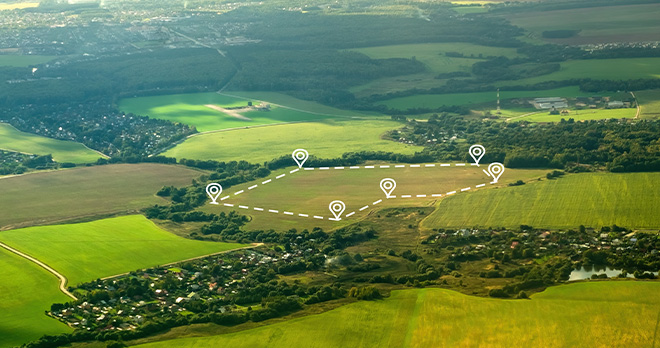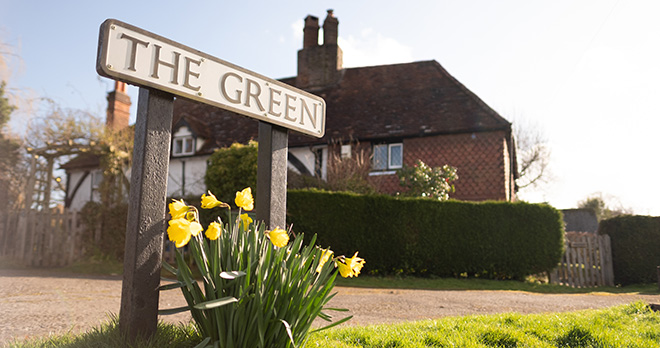Planning permission for pony paddocks?
We often have clients wishing to buy small parcel of land from the local farmer to keep ponies or horses in, but they often don’t realise that there may be planning issues.
Simply because the appearance of the land or field won’t change, does not necessarily mean that there will be a change of use. If there is a change of use then planning permission will be necessary.
Technically, planning permission would only be required if the local planning authority considered the change to be ‘material’. In this case, the change is from agricultural use to the keeping of horses for recreational purposes.
So is the change ‘material’ when livestock are swapped for horses or ponies?
What does ‘agricultural use’ mean for pony paddocks?
Agricultural use can be best described as:
- the breeding and keeping of livestock (including livestock kept for the production of food or for use on the land) or
- the use of land as grazing land.
At first glance, the keeping of horses on the land would appear to include the use of the land as grazing land. However, previous cases have decided that the statutory definition of agriculture did not apply to the breeding and keeping of horses, unless those horses were being used in connection with farming operations, which of course rarely happens today.
This leaves us with ‘the use of land as grazing land’.
If you simply wish to use the land as grazing land, it will be agricultural use and planning permission will not be required, even if the horses are recreational horses. But, on a strict interpretation, the horses should only be on the land for the primary purpose of grazing.
In practical terms, if, as is common, the field or paddock is used for accommodating and exercising the horse or pony, as opposed to providing its sole food source through grazing, or if it receives supplemental food – strictly speaking this would mean planning permission would be required.
Structures in the paddock
If you put up field shelters, hard-standings, muck-heaps, stables, tack-rooms etc…, these structures will not enjoy permitted development rights usually associated with agricultural holdings and so a planning permission would be required.
There are of course the ‘moveable’ type of field shelters (often towed around a field by tractor or 4 x 4) which could be treated as a chattel and therefore would not constitute a ‘development’ requiring planning permission. If the shelter is small and is frequently moved around the field or paddock, it should not require planning permission. If there is some sort of hard-standing, and clearly in practise it never moves, then this would suggest a degree of permanence, meaning you would have to apply for planning permission.
In conclusion, we would have to say that in the majority of cases, there is going to be a strong argument that a planning consent would be required, although often this does not happen in cases where a deal is struck with the local farmer.
Whilst planning permission may be considered a faff, if you do get it then not only will you have peace of mind from a planning enforcement point of view but it could also increase the value of the land and perhaps more importantly, increase the marriage value if the field or paddock in question either adjoins or is in close proximity to your house.
Related articles
View more articles related to Agriculture, Property Disputes, Property Conveyancing and Property Disputes











